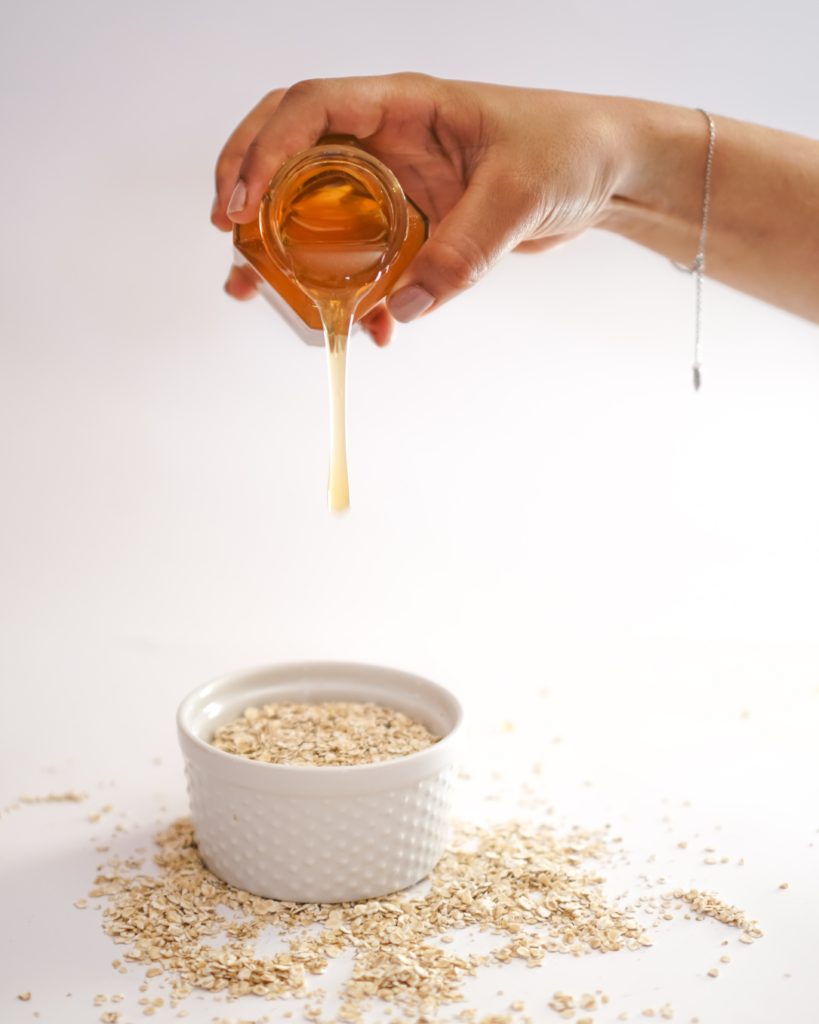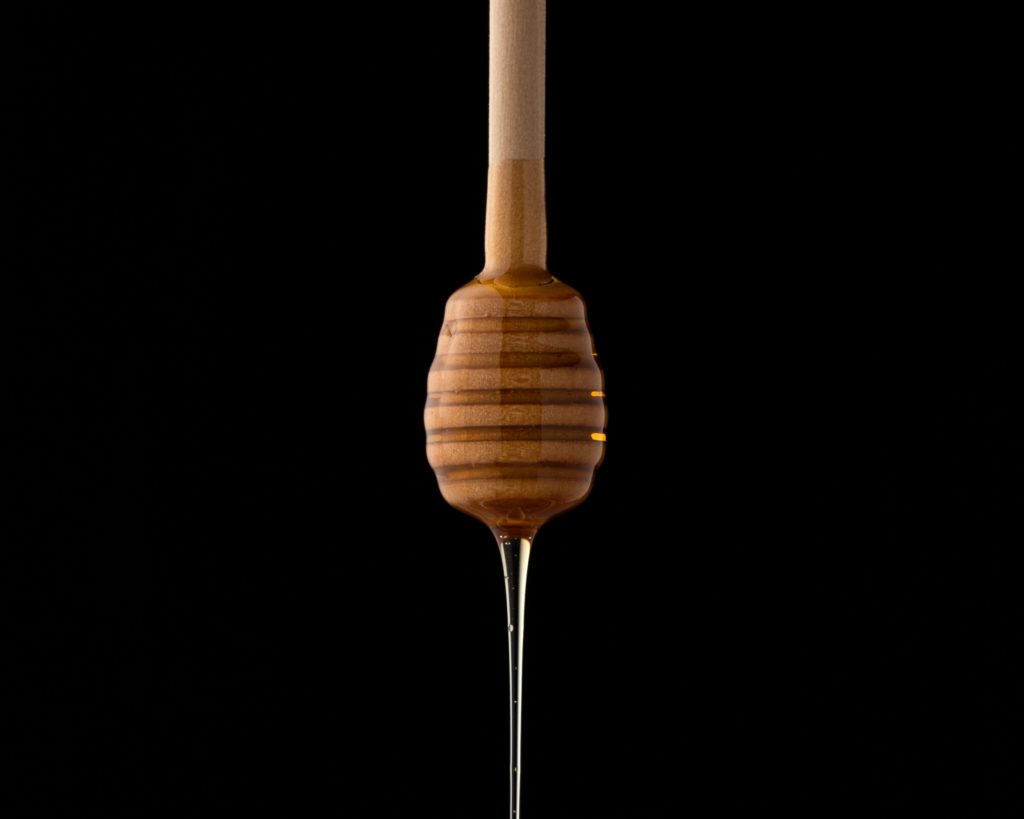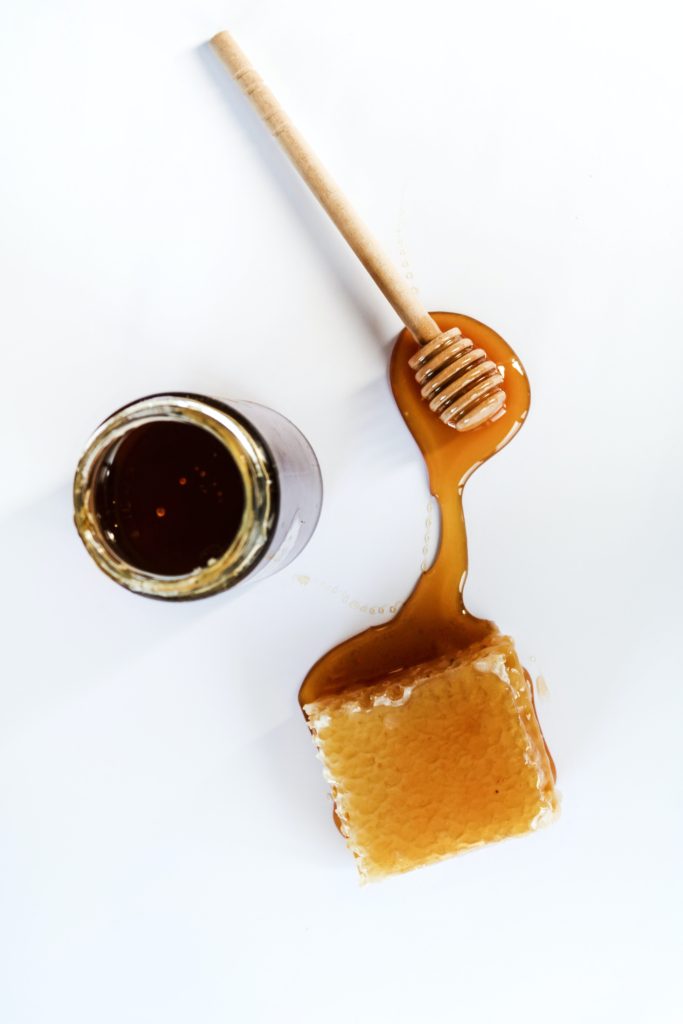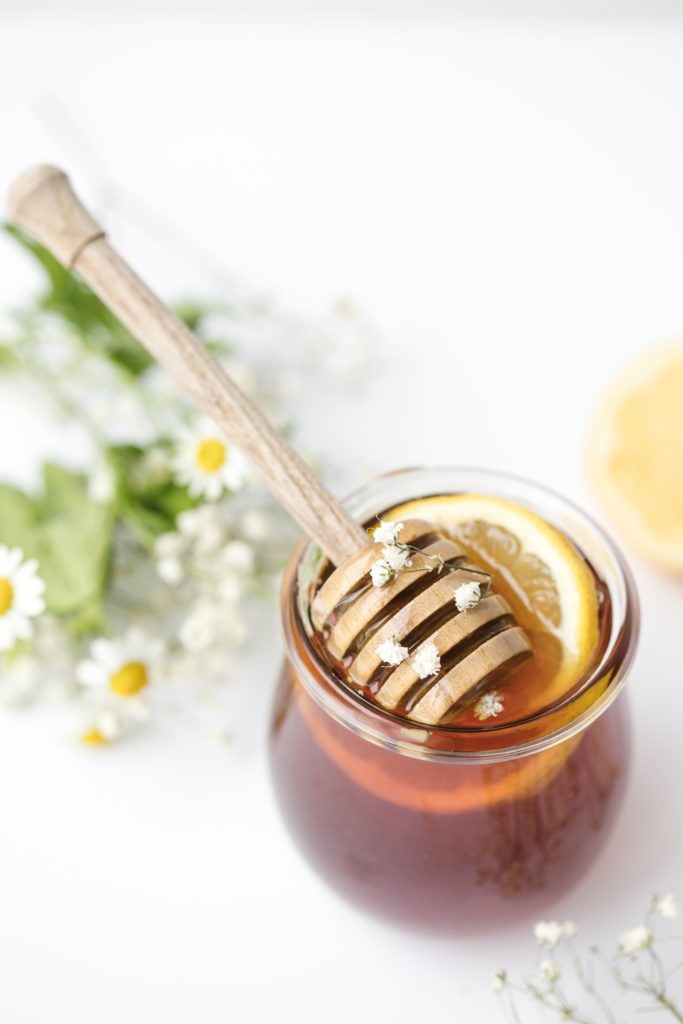 Crystallization of Honey: Why’s and How’s of It
Crystallization of Honey: Why’s and How’s of It
Liquid gold is the term that aptly describes just how important honey is to us. This all-natural sweetener is not only used for its sheer deliciousness and caramal-y flavour. Honey, in fact, comes loaded with some significant health-promoting properties as well. It is an incredible blend of various nutrients including vitamins, minerals, sugars, amino acids as well as some trace enzymes. Besides, this elaborate and highly concentrated composition is primarily what renders honey an impressive nutrient profile.

There is more
This remarkable substance is not only antimicrobial, antifungal and antibacterial in nature, but also contains a number of effective antioxidants. Honey is also an excellent preservative and for that very reason, it is increasingly becoming an important industrial ingredient. Let us have a look at some of the common, everyday benefits honey has to offer:
· Honey not only eases chest congestion, but also provides relief to a sore throat. That’s one reason which makes it more sought after compared to some over-the-counter medications for cold and cough.
· Honey is excellent for the health of our skin. It is believed to ably accomplish some effective antibacterial and antimicrobial actions, thus preventing toxins and other foreign particles from damaging the skin.
· Unprocessed honey goes a long way in healing wounds, treating skin infections as well as improving the scalp, thus allowing us to get rid of itching and dandruff.
· Various gastrointestinal problems, including gastric ulcers, may also be relieved by regular usage of honey, since it helps destroy and clear out bacteria from our gut.
· The regular use of honey also helps prevent us from some otherwise common allergies.

Sugar Content & Crystallization of Honey
Honey sold across the world comes in various forms, such as comb honey, raw honey, liquid honey, whipped honey, fair trade honey, organic honey, etc. As far is sugar content is concerned, honey contains a good variety of it, including sucrose, which is basically a mix of glucose (grape sugar) and fructose (fruit sugar).
In fact, generally honey contains around a whopping 70% sugar and very little water. It, therefore, should not be too surprising if it happens to crystallize easily. Different varieties of honey might exhibit an altogether different composition of glucose and fructose. Although both glucose and fructose affect the rate at which the honey crystallizes, yet they play some altogether different roles as far as granulation of honey is concerned.
How Glucose – Fructose Ratio affects Granulation
Whenever there is an excessive presence of glucose, as compared to fructose, it makes the honey to precipitate easily at room temperature. The reason for this is that glucose, owing to low solubility, has a tendency to lose water and turn into glucose monohydrate, thus forming crystals. As this process progresses, the honey eventually achieves a saturated state, which is also known as crystallization or granulation of honey.
Whereas glucose is quick at crystallizing, fructose, on the other hand, resists it. Also, fructose is relatively more soluble in water. If the ratio of fructose to glucose is more, the honey remains liquidy and for longer durations.
Like mentioned earlier, the rate at which honey would crystallize depends on the glucose fructose ratio. Ideally, a balanced state would be when glucose concentration is between thirty to forty – five percent, and that of fructose is around twenty-five to forty percent. This means when the amount of glucose is less than thirty percent, the granulation would occur at a slower pace. On the other hand, if concentration of fructose exceeds forty percent of the total composition of honey, it would tend to be more runny.

Granulation & Quality of Honey
Please note that granulation is only a natural phenomenon and, in no way, does this mean that the honey is adulterated or has gone bad. We can always dilute it further by warming it a little. Alternatively, we could increase its consistency by cooling or refrigerating the honey for a while. However, honey that has been finely granulated continues to remain a better choice among regular consumers of honey, since it makes for a convenient and delicious spread. Yet, if you wish to prevent your honey from getting crystallized in the first place, it is best kept in air tight containers at room temperature, i.e. at 21-27 degree Celsius.
About the Author:
Dr Sonica Krishan is Author and Speaker in Healthy and Joyous Living through Ayurveda, Meditation, Yoga and other Contemplative practices. She is a leading Ayurveda Professional in India. She is also Health Writer, Columnist, Editor, Ayurveda Consultant and Holistic Healing Coach. Dr Sonica is open for National as well as International Collaborations with interested people / institutions in fields of Ayurveda, Meditation and Yoga.
Dr Sonica Krishan’s Books are available at Amazon
Related Posts:
Awesome Benefits of Honey for Health & Wellness
Know Why Ayurveda Counsels Honey?
